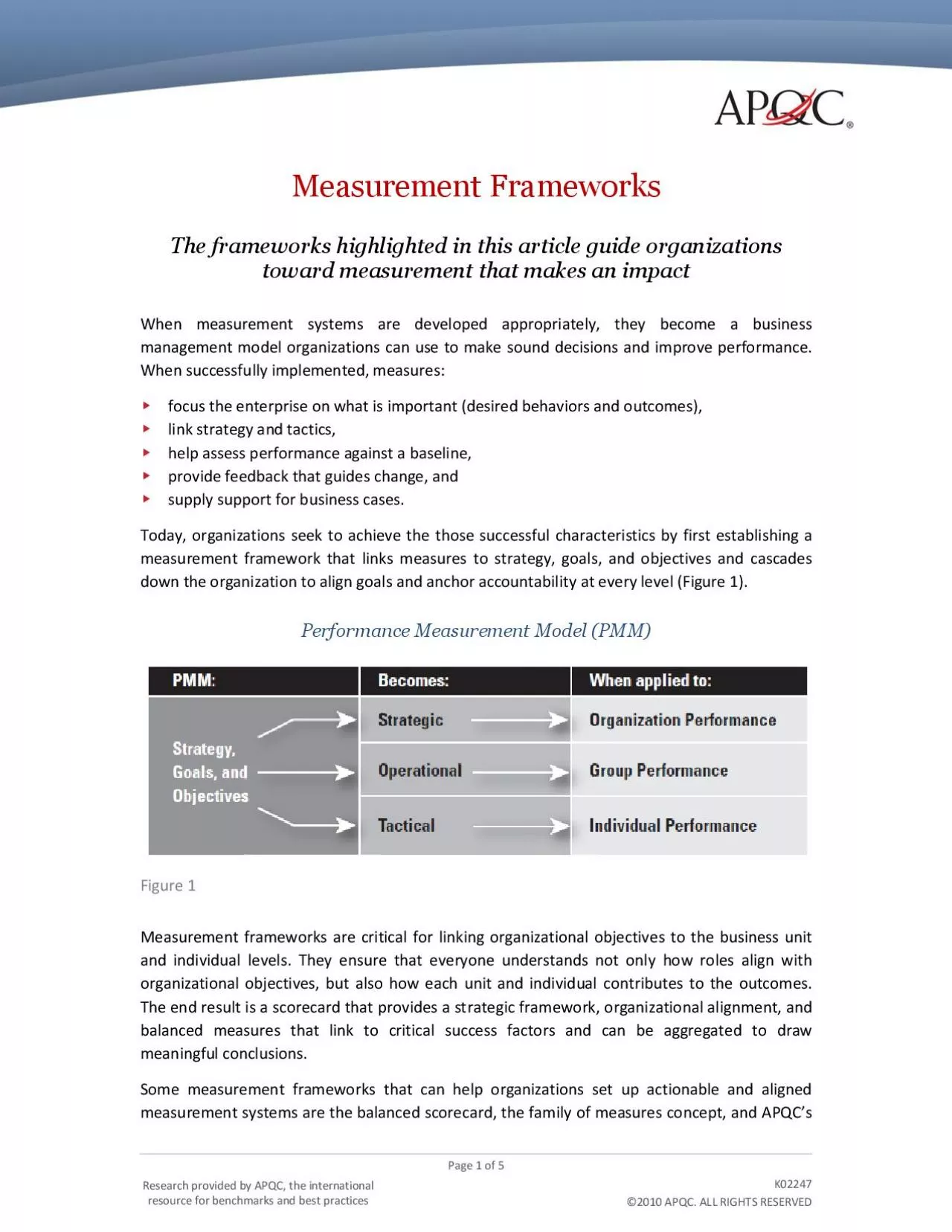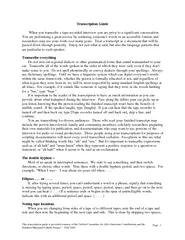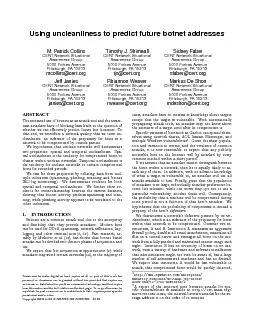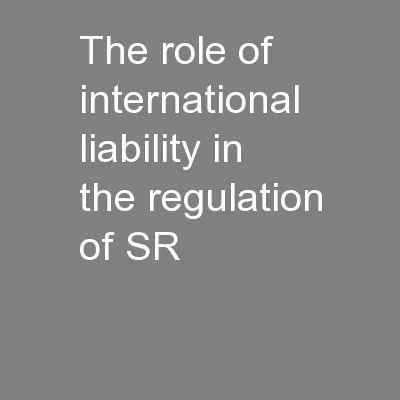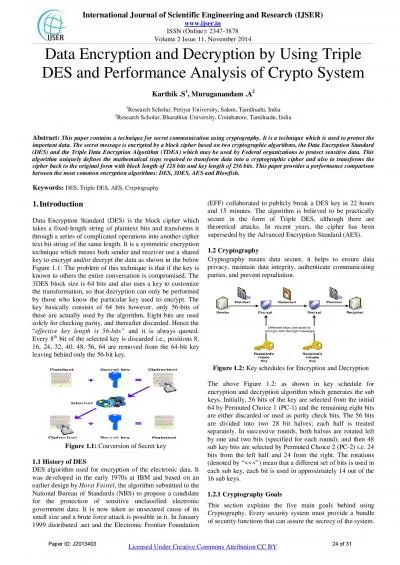PDF-Research provided by APQC the international
Author : reese | Published Date : 2021-09-26
Page 1of 5resource for benchmarks and best practicesK022472010 APQC ALL RIGHTS RESERVEDMeasurement FrameworksThe frameworks highlighted in this articleguide organizations
Presentation Embed Code
Download Presentation
Download Presentation The PPT/PDF document "Research provided by APQC the internatio..." is the property of its rightful owner. Permission is granted to download and print the materials on this website for personal, non-commercial use only, and to display it on your personal computer provided you do not modify the materials and that you retain all copyright notices contained in the materials. By downloading content from our website, you accept the terms of this agreement.
Research provided by APQC the international: Transcript
Download Rules Of Document
"Research provided by APQC the international"The content belongs to its owner. You may download and print it for personal use, without modification, and keep all copyright notices. By downloading, you agree to these terms.
Related Documents

